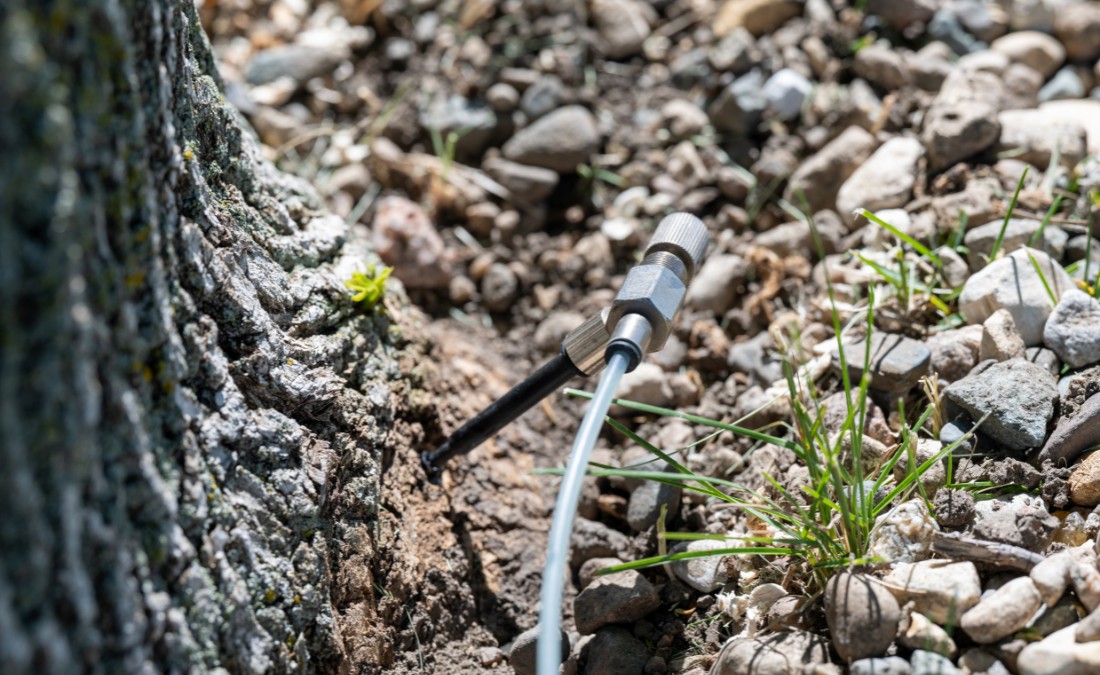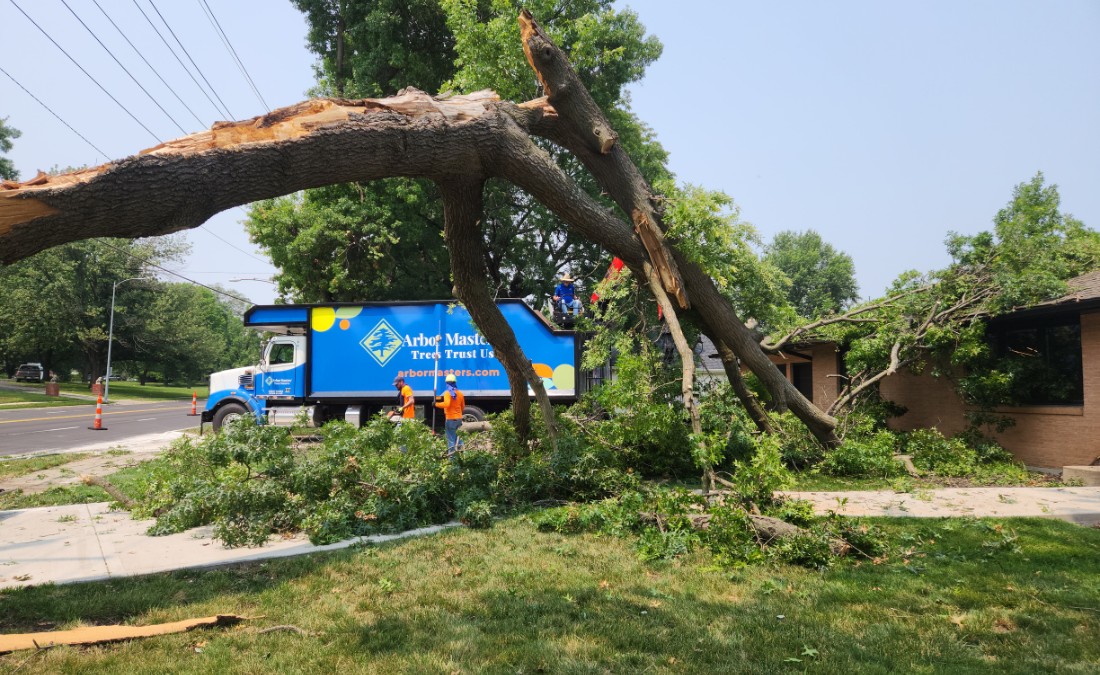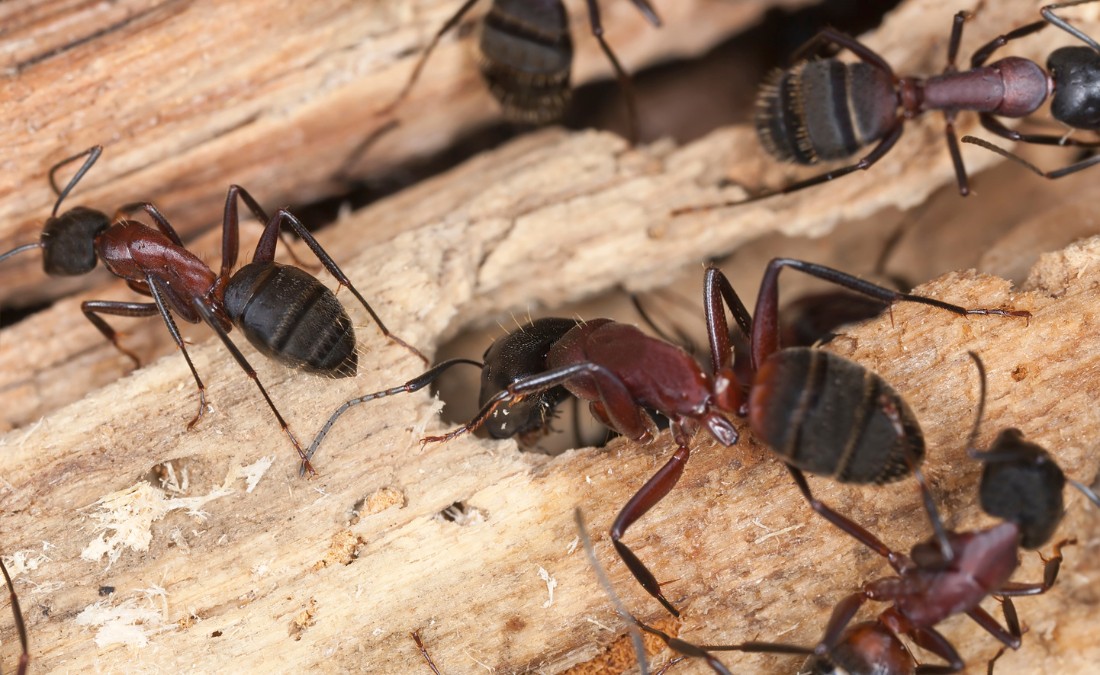Ash Tree & Leaves: A Complete Guide

Ash trees are large, deciduous trees with smooth, gray bark and wide-reaching branches that provide ample shade.
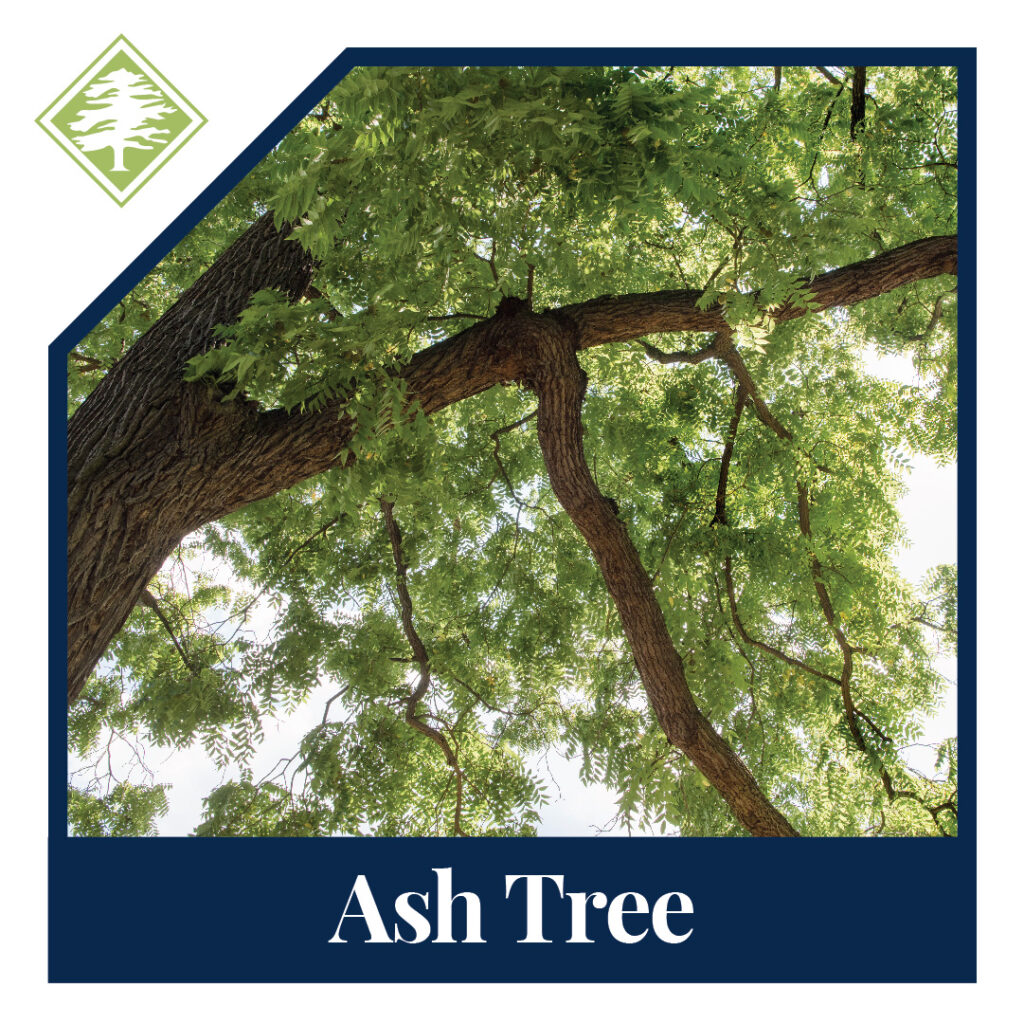 Trees 101: Everything You Need To Know About the Ash Tree
Trees 101: Everything You Need To Know About the Ash Tree
Ash trees are some of the most common trees in the United States. Found in forests across the country, populated urban areas and possibly your backyard, ash trees play a large part in our daily lives. At Arbor Masters, we love educating people about trees. Keep reading below for expert answers to all your ash tree questions.
About Ash Trees
What Does an Ash Tree Look Like?
Ash trees are large, deciduous trees with smooth, gray bark and wide-reaching branches that provide ample shade. They produce bright, glossy green, oval-shaped leaflets with pointed tips and serrated edges that are attached in rows to a central stem. The ash tree’s leaves are typically eight to 12 inches long with five to nine leaflets. As fall begins, the leaves turn yellow, orange and red before they shed for the winter.
How Fast Does an Ash Tree Grow?
Ash trees are relatively fast-growing trees which typically grow 50 to 80 feet tall and up to 30 feet wide. Some have been recorded as large as 115 feet in the United States! They can grow two to three feet each year, reaching their full size in just 20 to 30 years. Growth rates for ash trees vary depending on the species of tree, growing conditions, pollination rate and other factors.
What Do Ash Tree Flowers Look Like?
Ash trees can produce both male and female flowers, but it is uncommon. Female flowers are larger than the male flowers. Both grow in dense clusters and have a dark purple color that turns green but do not produce petals.
What Do Ash Tree Fruits Look Like?
The fruits (seeds) of the ash tree are called “keys” or “samaras.” The seeds are formed from the flowers after pollination. The keys are curved, winged seeds that are brown in color and about one to two inches long. They are typically found in clusters of two to five seeds.
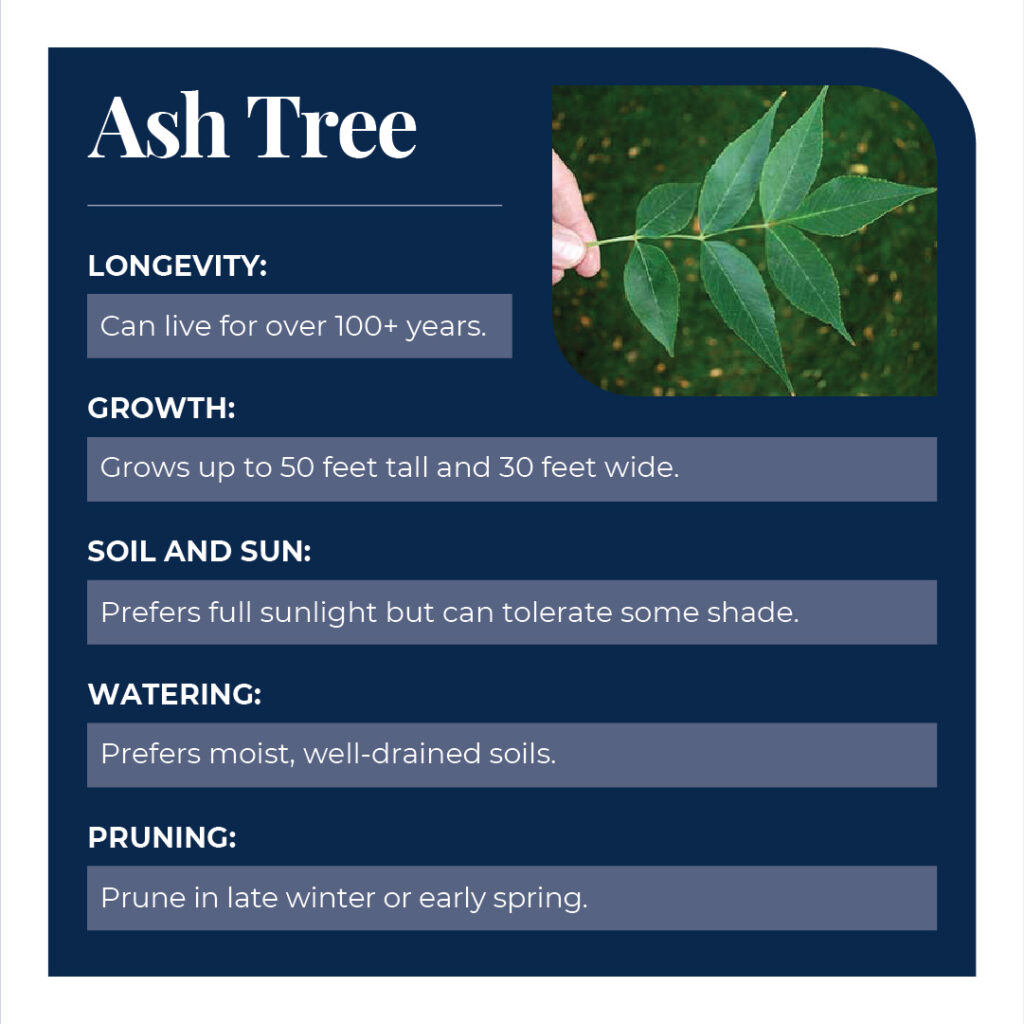
The Science
Where Do Ash Trees Grow?
Native to North America, Europe, and Asia, ash trees grow in a variety of habitats, including forests, woodlands, and even urban areas. In forested areas, ash trees typically grow in moist soils along streams and rivers. They prefer full sunlight but can tolerate some shade.
How Do Ash Trees Reproduce?
Ash trees’ seeds mature in the fall and spread by the wind after they fall from the tree. Wind can carry seeds long distances before they land and germinate. Once they land, the seeds will grow into new ash trees.
How Long Do Ash Trees Live?
Ash trees can live for 100 years or more. However, they are susceptible to several diseases and pests, which can shorten their life span.
What Are the Benefits of Ash Trees?
Ash trees are an important species in many ecosystems. They provide food and shelter for a variety of animals, including birds, squirrels, and butterflies. The wood of ash trees is strong and durable, making it a popular choice for furniture, floors, and other wood products. Ash tree wood is also used to create baseball bats, hockey sticks, and other sports equipment.
What Are the Threats to Ash Trees? What Diseases Affect Ash Trees?
The ash tree is threatened by several pests, including the emerald ash borer and ash dieback. The emerald ash borer is a destructive beetle with no known natural enemies that has killed millions of ash trees in North America since its discovery in 2002. If think you have emerald ash borer, please read more on our blog here and then contact us today.
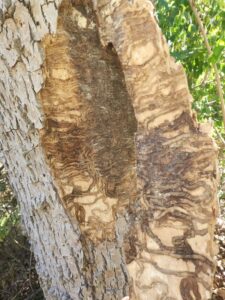



Major League Baseball bats were almost exclusively used from ash wood. Since the introduction of the emerald ash borer, the wood is not readily available, so bats are now made from maple trees.
Taking Care of Your Ash Tree
How Much Should I Water My Ash Tree?
The ash tree is a hardy tree that can tolerate a wide range of soil conditions, but it prefers moist, well-drained soils. Be sure to give it enough water so that the root system is thoroughly wetted. Provide one inch of water per week, either through rainfall or supplemental irrigation. If you are unsure how much water your tree needs, check the soil around the tree. It should be moist but not soggy.
How Can I Protect My Ash Tree?
- Regularly inspect your tree for signs of pests or disease
- Prune dead or dying branches in late winter or early spring before new growth begins
- Water during periods of drought
- Apply mulch around the base of the tree
Take these steps to ensure your ash tree’s health and allow it to provide benefits to your local ecosystem. Millions of ash trees have died or will die due to the emerald ash borer. It is the most common dead or dying tree in our neighborhoods and cities. If you have a beautiful ash tree in your yard, consider saving it. It is a long-term commitment, but you will have something special to make your yard unique.
How Can Arbor Masters Help Care for My Ash Tree?
At Arbor Masters, we provide services ranging from site inspection and planting to fertilizing, pest control and pruning. You should also have your ash tree inspected regularly by one of our certified arborists. This will allow us to catch any problems early and take steps to correct them.
Ash trees are an important part of many ecosystems and provide a variety of benefits to humans. By planting and caring for an ash tree, you can help ensure that this valuable species remains a part of our world for generations to come.
Contact our trained professionals at Arbor Masters today to schedule an on-site consultation.

Want More Like This?
Get the latest local news, tree care tips, special offers, and company updates directly to your inbox! It's easy to subscribe and there's no spam - we promise.
"*" indicates required fields

